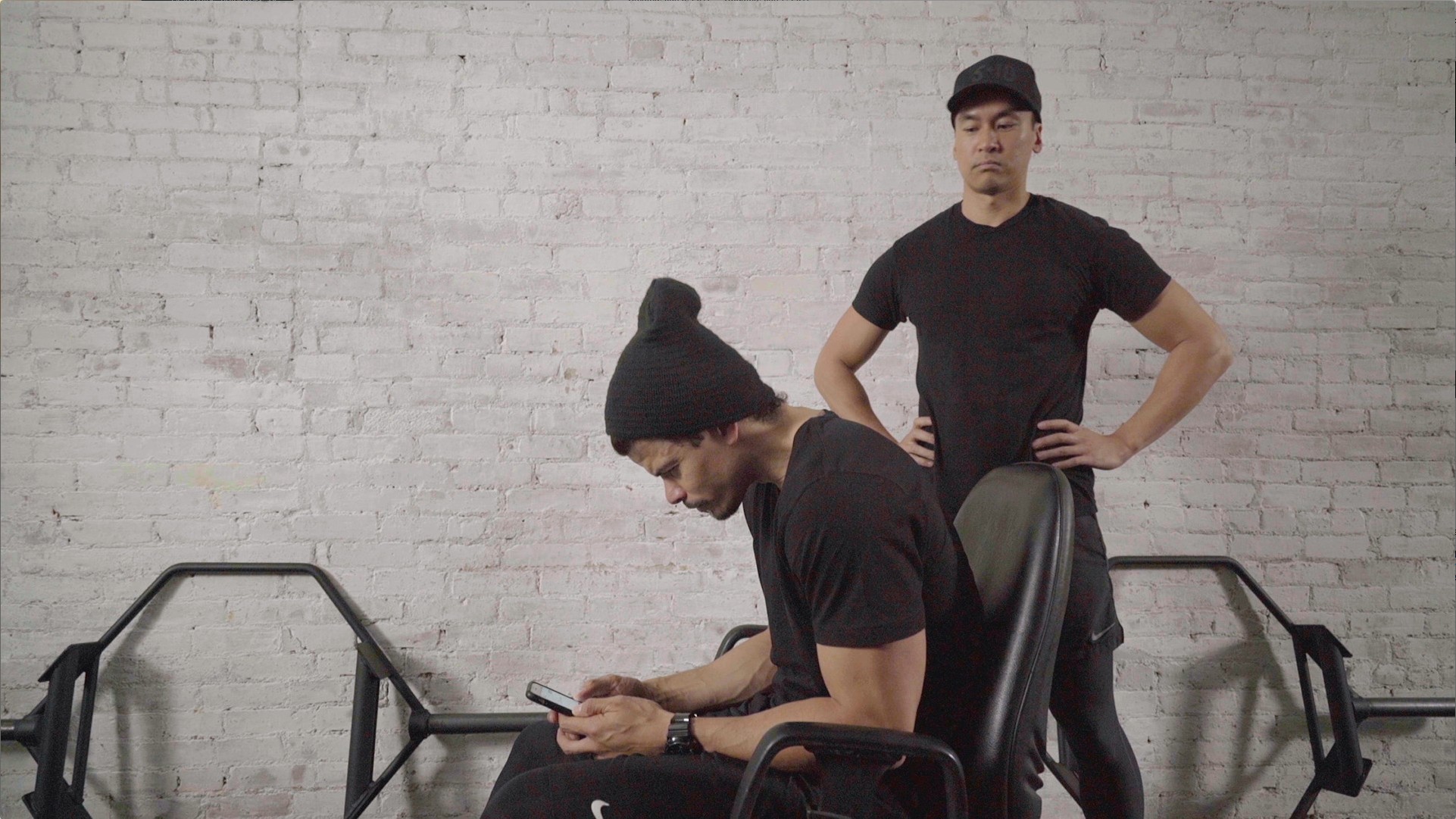Getty Images
It's a well-known fact: When you get high, you get the munchies. But in this instance, we're talking about literally getting high. Like 40,000 feet high. There's something about air travel that seems to turn our mouths into snack vortexes, where, like the Bermuda triangle, packages of peanuts and pretzels are sucked mysteriously—and irrevocably—into the void.But it's not like sitting on your ass in an undersized seat burns calories. So why do you feel the urge to stockpile fuel?There are a few reasons: The first is that flying is stressful, and stress often makes us self-soothe with food. Interestingly, "it does not appear that we are born with an innate desire to chow down on sweets and chips when we get stressed," says Scott Keatley, a New York-based registered dietitian. However, carbohydrate-rich snacks result in the release of insulin, which in turn can trigger the release of dopamine, according to New York University researchers."Dopamine is that feel-good neurotransmitter which is most commonly associated with behaviors and cravings such as sex, love, and motivation," Keatley says. "We have, in essence, learned to love the dopamine rush we get from carbohydrates."Let's not forget that flying is mind-numbingly boring. "You need something to do, so you eat," says Julie Upton, a San Francisco-based registered dietitian. A 2012 study published in Health Psychology found that more people reported eating in response to boredom than any other emotion. For this reason, when Upton flies, she packs snacks that you can't eat quickly. "Things like pistachios in their shells or hard candies," she says.
More From Tonic: Undo the Damage of Sitting All Day
Flying also exposes you to extremely dry air, making your mouth feel dry. "And as much of 50 percent of American adults are already dehydrated at any time," says Upton, adding, "a lot of us confuse feelings of thirst with hunger." In other words, before you buy that $14 snack box, take a free cup of water.Finally, the sights, sounds, and smells (minus the farts of your seatmate) can all influence what and how much you eat. "Cues are one big reason why we eat. If someone around us is eating, we tend to think maybe I should be eating too," says Dana Hunnes, a senior dietitian at UCLA's Medical Center. Just hearing the crinkle of a wrapper, or seeing the beverage cart roll by can be like Pavlov's dog hearing that damn bell—you know there's a treat coming, so your mouth starts watering. Even the sounds of the jet engine seem to influence us: A 2015 Cornell University study found that, when exposed to the low rumble of jet engines, people craved umami (savory) versus sweet things. That could be one reason why tomato juice, while gross in all other contexts (except bloody marys), is an easy sell at 40,000 feet.So if you'd like to arrive at your destination without a bag full of empty candy wrappers, Upton's advice is this: Eat a healthy breakfast before you leave and try and keep your meal schedule as normal as possible. Avoid the trap of skipping meals and just grazing on airline hand-outs. "We're not cows, we're not meant to be grazing animals," she warns. Pack snacks, especially things that will take up time, and try to think before you eat.Upton has clients use a hunger scale to rate their hunger from 1 (not hungry) to 10 (about to eat this Craisin I found under my seat). "We suggest you eat when you're between a four and a five." Unless you're flying United—in which case, eat every free calorie offered, because God knows when or if you'll ever make it home again.Read This Next: Science Confirms Airplanes Are Vile Canisters of Germs
Advertisement
More From Tonic: Undo the Damage of Sitting All Day

Flying also exposes you to extremely dry air, making your mouth feel dry. "And as much of 50 percent of American adults are already dehydrated at any time," says Upton, adding, "a lot of us confuse feelings of thirst with hunger." In other words, before you buy that $14 snack box, take a free cup of water.Finally, the sights, sounds, and smells (minus the farts of your seatmate) can all influence what and how much you eat. "Cues are one big reason why we eat. If someone around us is eating, we tend to think maybe I should be eating too," says Dana Hunnes, a senior dietitian at UCLA's Medical Center. Just hearing the crinkle of a wrapper, or seeing the beverage cart roll by can be like Pavlov's dog hearing that damn bell—you know there's a treat coming, so your mouth starts watering. Even the sounds of the jet engine seem to influence us: A 2015 Cornell University study found that, when exposed to the low rumble of jet engines, people craved umami (savory) versus sweet things. That could be one reason why tomato juice, while gross in all other contexts (except bloody marys), is an easy sell at 40,000 feet.So if you'd like to arrive at your destination without a bag full of empty candy wrappers, Upton's advice is this: Eat a healthy breakfast before you leave and try and keep your meal schedule as normal as possible. Avoid the trap of skipping meals and just grazing on airline hand-outs. "We're not cows, we're not meant to be grazing animals," she warns. Pack snacks, especially things that will take up time, and try to think before you eat.Upton has clients use a hunger scale to rate their hunger from 1 (not hungry) to 10 (about to eat this Craisin I found under my seat). "We suggest you eat when you're between a four and a five." Unless you're flying United—in which case, eat every free calorie offered, because God knows when or if you'll ever make it home again.Read This Next: Science Confirms Airplanes Are Vile Canisters of Germs